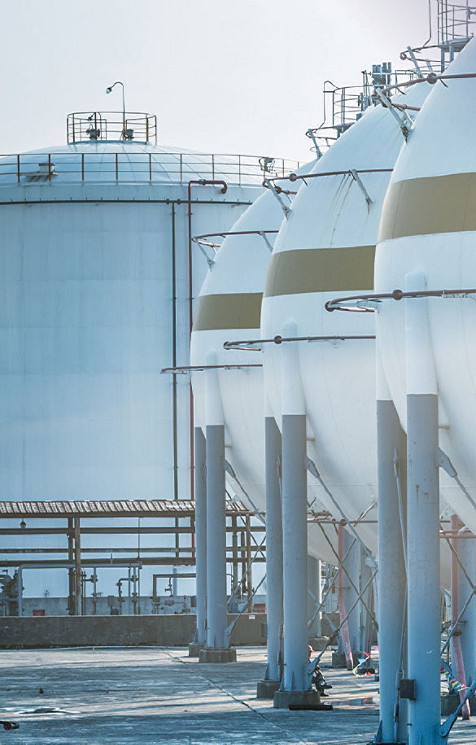What is oil and gas automation?
Oil and gas automation, also known as oilfield automation, in the oil and gas industry refers to a growing number of processes, many involving digital technologies, that can help energy producers better compete in global markets. While some industry areas are riper for automation than others, top oil and gas automation candidates include drilling, production operations and process control, logistics and supply chain, safety and retail operations.
How does oil and gas automation work?
Oil and gas automation often utilizes sensors based on the internet of things (IoT), predictive and self-learning systems to increase productivity, and expert systems/use of artificial intelligence (AI) to fill in gaps brought on by a skilled labor shortage.
What are the business benefits of oil and gas automation?
Oil and gas automation promises producers a multitude of business benefits, including:
- Reduced cost: AI and digital technology make it possible to reduce costs by both replacing some human labor and enhancing the safety and accuracy of existing human-driven tasks. Automating manual portions of the drilling process, like pipe handling, can reduce safety risks. Oil and gas automation cuts back on time, allows for more scalable processes, and reduces jobsite injury and death.
- A more connected enterprise: Upstream producers working in remote areas benefit from automation by using drones and submersibles to help monitor inspection processes. Measurements of pressure and flows of oil and gas can be improved through automation and can benefit upstream, midstream and downstream producers. Interconnected, automated systems allow for the easy distribution of data and greater efficiency enterprise-wide.
- Improved efficiency and output: Modernizing and automating internal IT processes helps all energy operations to simplify production and boost yields, reducing carbon footprints while increasing potential revenue.
To learn more about oil and gas automation, see further resources below.















